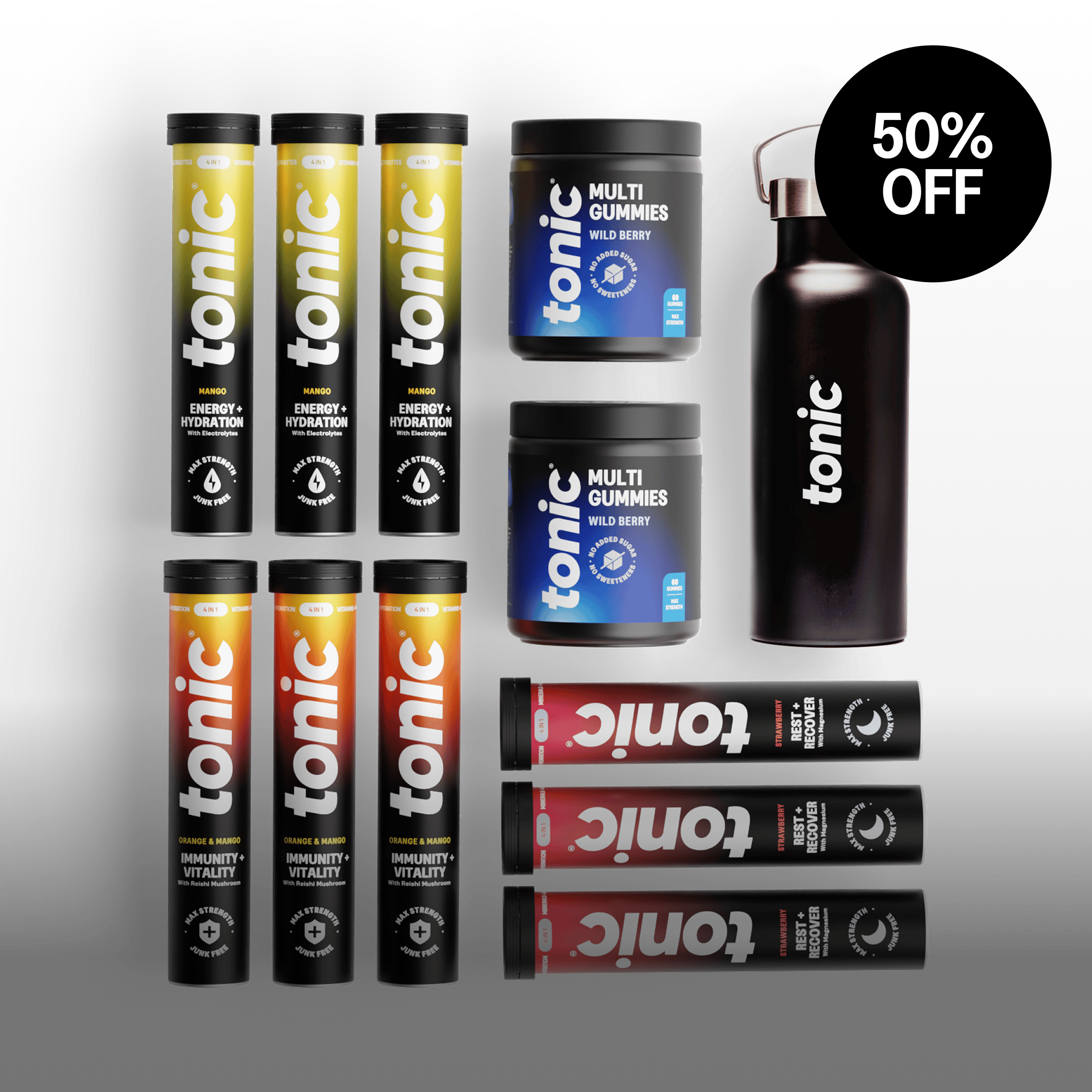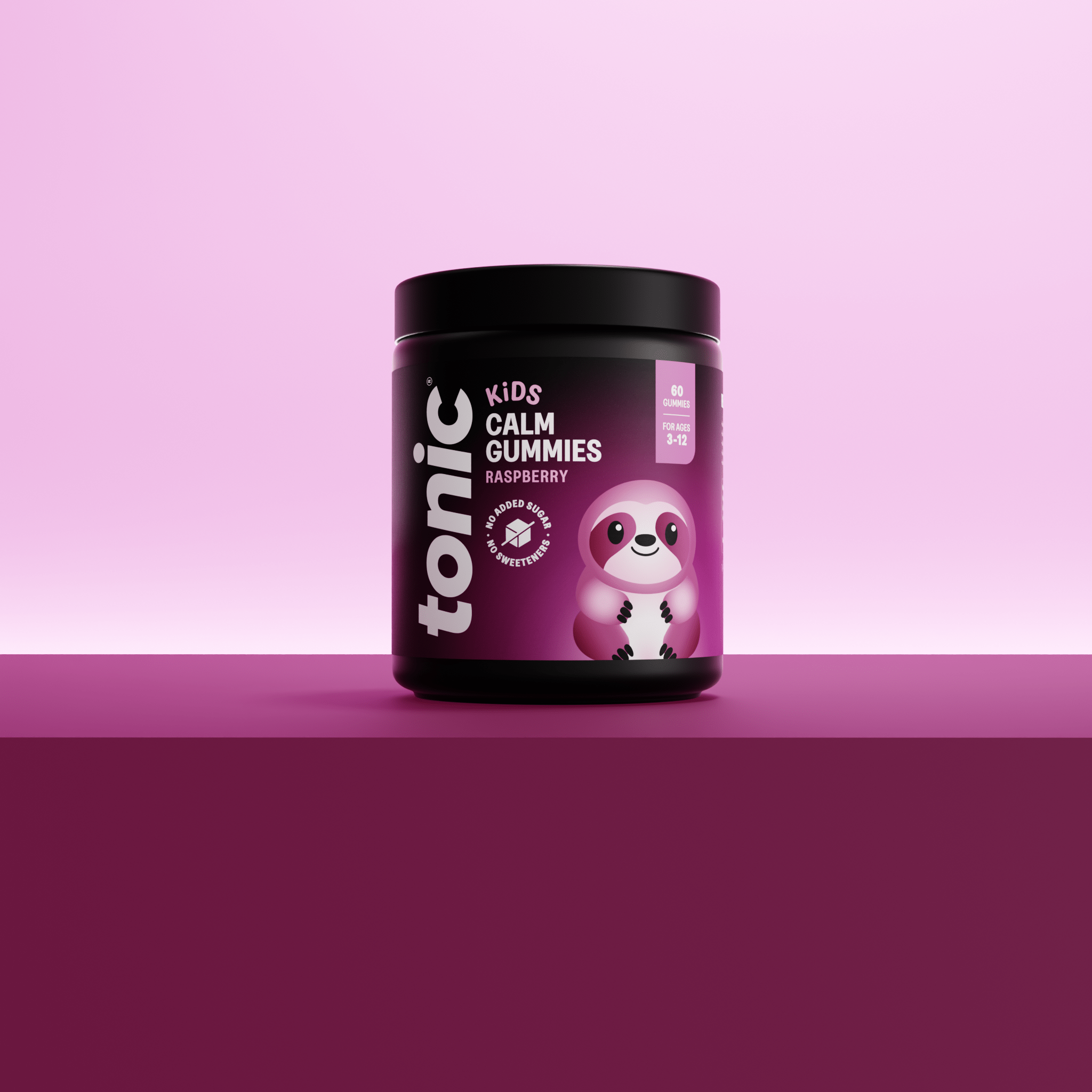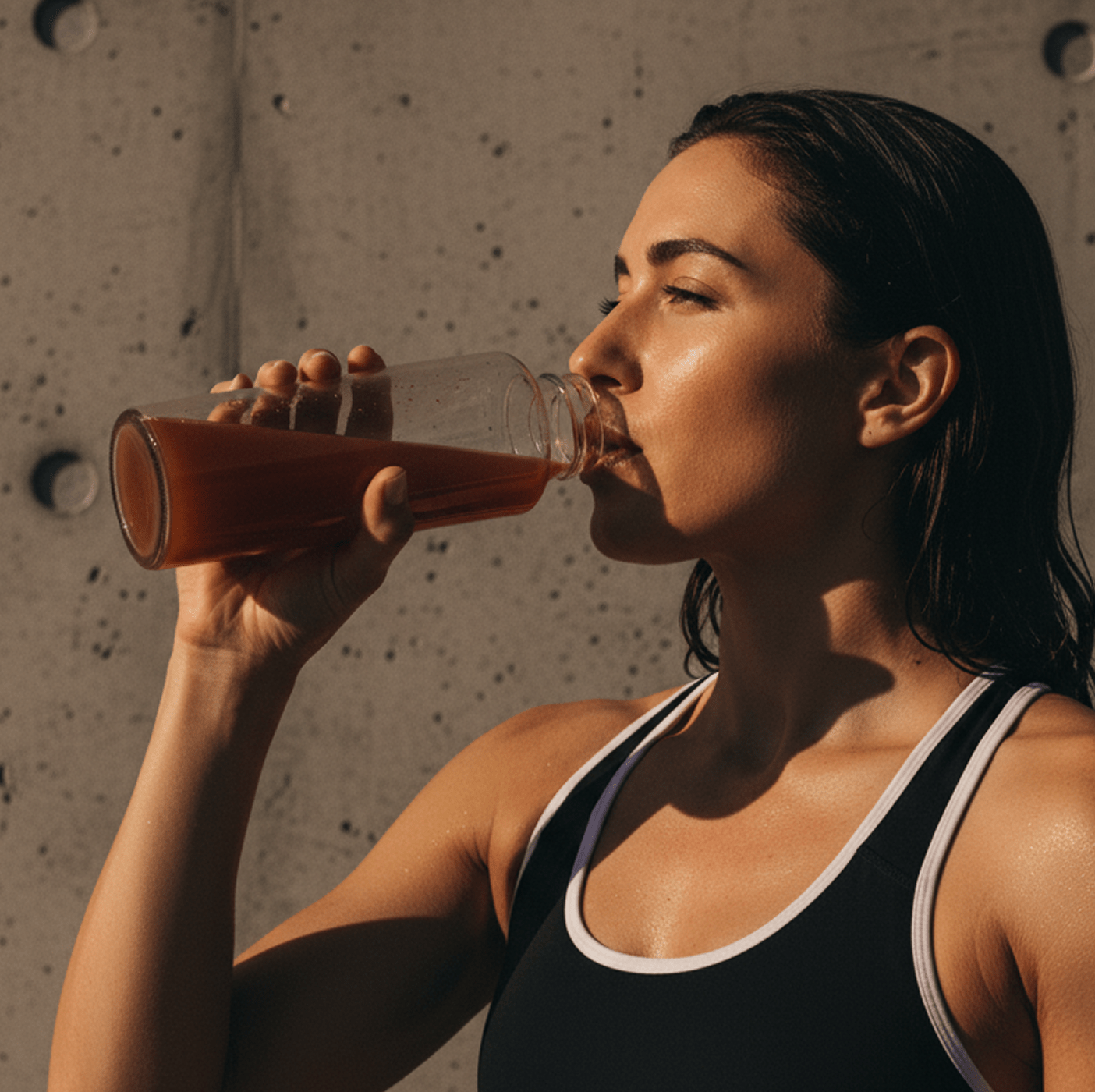When most people think of nutrients, the big names steal the spotlight: vitamin C for colds, calcium for bones, and iron for energy. But two quiet achievers often get overlooked - selenium and zinc.
These trace minerals may be needed only in tiny amounts, but their impact on your health is anything but small.
So, what exactly do they do, where can you find them, and what happens if you’re not getting enough? Let me explain…
Micronutrients with mighty power
Selenium and zinc are micronutrients; minerals your body needs in small amounts to keep everything ticking over. Think of them as the behind-the-scenes crew of your body: they don’t get the same limelight as other nutrients, but without them, the show can struggle to go on.
Selenium:
- Thyroid health - your thyroid depends on selenium to convert inactive thyroid hormone (T4) into its active form (T3), which drives metabolism and energy.
- Antioxidant defence - selenium is a key part of glutathione peroxidase, one of the body’s most potent antioxidant systems. It helps protect cells from oxidative stress, too.
- Immune support - adequate selenium helps immune cells respond effectively, supporting your defence against infections.
- Reproductive health - in men, selenium supports sperm motility; in women, it helps maintain healthy egg quality.
Zinc:
- Immunity - zinc supports the production and function of white blood cells, your infection-fighting army.
- Wound healing - it plays a crucial role in tissue repair and skin integrity.
- Hormone balance - from testosterone to insulin, zinc is involved in the production and regulation of many hormones.
- Brain and mood - zinc is needed for neurotransmitter activity, influencing cognition and emotional balance.
- Adrenals and stress response - zinc supports enzymes in the adrenal glands, helping regulate cortisol.
- Everyday biochemistry - zinc is involved in over 300 chemical reactions in the body (alongside magnesium - read more about that mineral here). Think: protein synthesis, cell division, and DNA repair. Without zinc, these processes slow or stall.
Where to find selenium and zinc in food
When it comes to Selenium, Brazil nuts are the standout star and the most recommended food to support your intake. Just one or two Brazil nuts a day can meet your daily needs.
You’ll also find Selenium in fish and seafood such as tuna, sardines, and prawns, as well as in eggs, mushrooms, and wholegrains. Although levels vary depending on the soil they’re grown in. Sadly, here in the continent of Europe, the soil is too acidic for selenium to be a viable mineral. However, in America, they have a lot of selenium in their soil - hence, Brazil nuts are an excellent source!
Although neither of these minerals is the easiest to include in the diet, Zinc has a bigger challenge. The richest source is in shellfish, with oysters at the top of the list, and crab and prawns following behind. Of course, these aren’t everyday foods for most of us, but they remain excellent sources.
Red meat and poultry provide a steady supply of zinc (a little easier for the weekly food shop), and plant-based options include pumpkin seeds at the top of the list, sesame seeds, cashews, chickpeas, beans, lentils, and even dairy foods for some levels of zinc.
As with most things in our diet, we can’t rely on one food to make us healthy; it’s about a combination of foods to deliver a variety of nutrients and the amount that our body needs.
What happens if you don’t get enough?
Because selenium and zinc are used in so many processes, a deficiency can show up in multiple ways. And because these minerals work in synergy, the signs are often the same. Here are a few things to look out for…
Signs of low selenium and zinc:
- Fatigue and low energy (linked to thyroid function)
- Frequent colds, infections or poor recovery from illness
- Hair loss, hair thinning or brittle nails
- Poor wound healing or skin issues (acne, eczema, rashes)
- Loss of taste or smell
- Low libido or hormonal imbalance
- Infertility or reduced sperm quality
- Brain fog or difficulty concentrating
Both selenium and zinc deficiencies are more common in people with restricted diets, poor gut absorption (such as coeliac or IBD), older adults, and those under chronic stress (which increases nutrient turnover and disrupts absorption in the gut).
What to do about your selenium and zinc intake
Selenium and zinc may not get as much airtime as vitamin D or omega-3s, but they’re fundamental to how your body functions every single day. They influence everything from your energy, hormones, immunity, skin, and fertility to the very chemical processes that keep you alive.
Since our soils vary in mineral content and our bodies can’t store large reserves, it’s worth ensuring you get enough through a balanced diet. If you feel you may need a top-up, consider a well-balanced supplement, such as immune support, or ask a nutritionist for their recommendation that’s right for your needs.
In the meantime, consider adding pumpkin seeds, Brazil nuts, and fish to your diet. Sometimes, it’s the smallest nutrients, in readily available foods, that make a significant difference.
Natalie Louise Burrows, Nutritionist and Clinic Director at Integral Wellness







Leave a comment
All comments are moderated before being published.
This site is protected by hCaptcha and the hCaptcha Privacy Policy and Terms of Service apply.